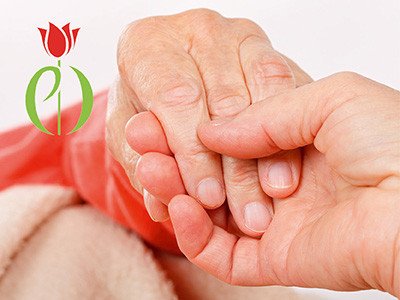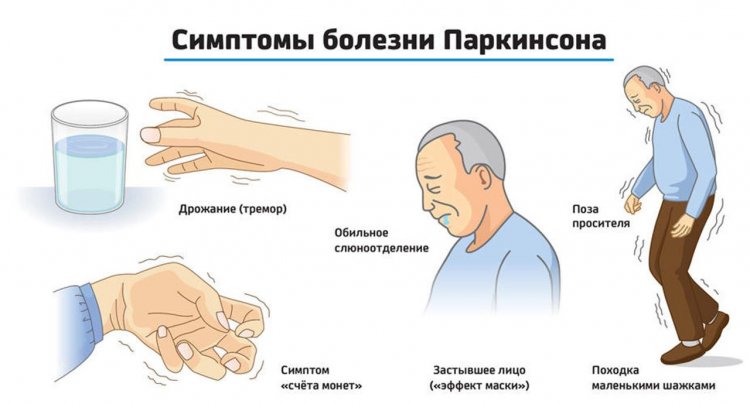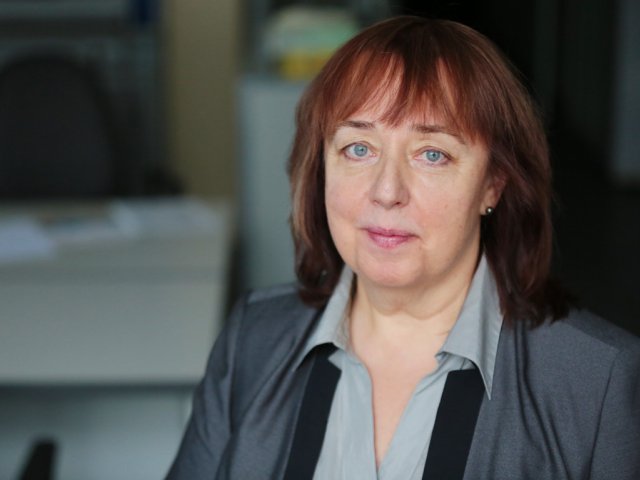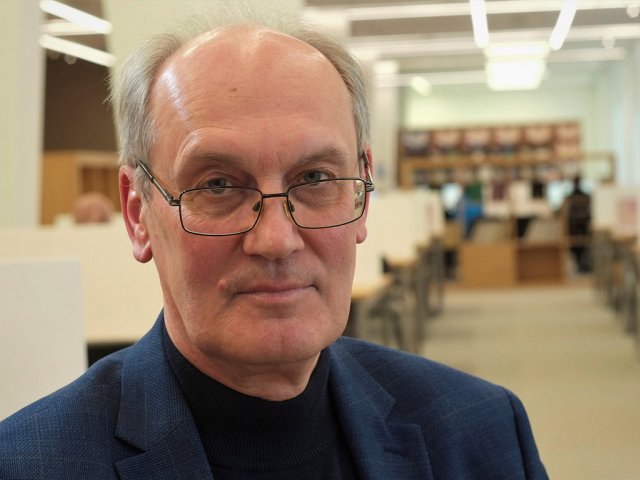Each year, on April 11, on the initiative of WHO, World Parkinson’s Day is held. It was this date that became symbolic. James Parkinson, an English neurologist who described the disease and its symptoms, was born on April 11. Parkinson’s disease is a neurodegenerative disease, the main manifestation of which is a pronounced violation of motor functions: constant trembling and increased stiffness of the muscles, difficulty of performing directional movements, as well as of maintaining posture and balance. To date, the disease has become one of the most common diseases of the central nervous system, along with Alzheimer’s disease and epilepsy. The prevalence of Parkinson’s disease is 120 cases per 100,000 people. The risk group mainly includes people over the age of 40. The highest percentage of cases is observed in advanced age – Parkinson’s disease affects every hundredth person on Earth who has reached the age of 60.
In 2005, by the decision of the 9th Convention in Luxembourg, it was decided to officially consolidate the world symbol of Parkinson’s disease – the red tulip. This flower was not chosen by chance. In 1980, a Dutch gardener suffering from Parkinson’s disease bred a unique variety of tulips in a red and white shade and named it Dr. James Parkinson tulip. The European Parkinson’s Disease Association uses a stylized image in which the flower leaves form the letters P and D. This idea was proposed by one of the patients with an early form of the disease.
On World Parkinson’s Day, meetings of specialists with patients who are actively assisted in treatment and rehabilitation are held. In the lives of people diagnosed with Parkinson’s disease, one of the key components of successful therapy is not only systematic observation by a neurologist but also the implementation of all recommendations prescribed during treatment. Specialized centers have been organized for patients with Parkinson’s disease and their relatives, where issues of nutrition, proper medication intake, safety level, physical exertion, and other actions of the patient’s daily activity are covered in an accessible and understandable form. The main task of such institutions is to help patients and their families cope with the course of treatment and rehabilitation.
Image source: www.gov.kz
Based on open sources.
Photo on the page and the homepage: Chained by their bodies























